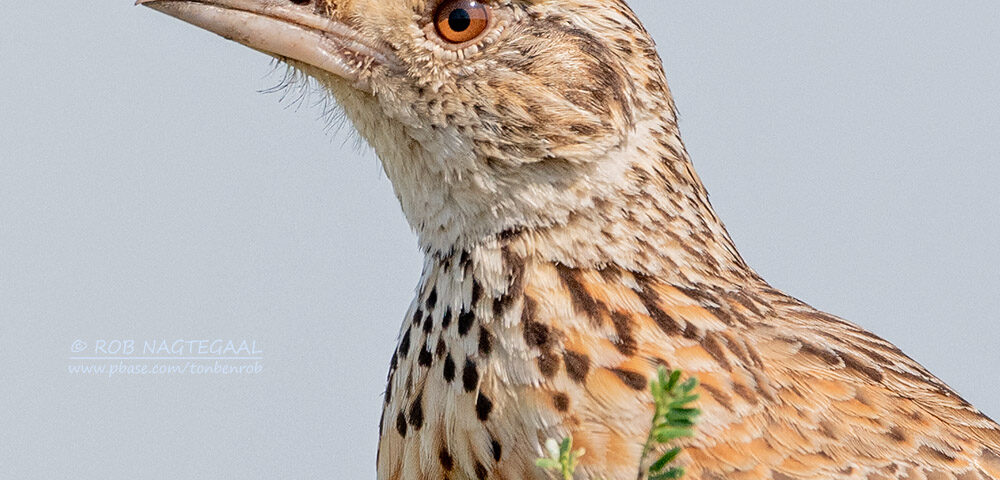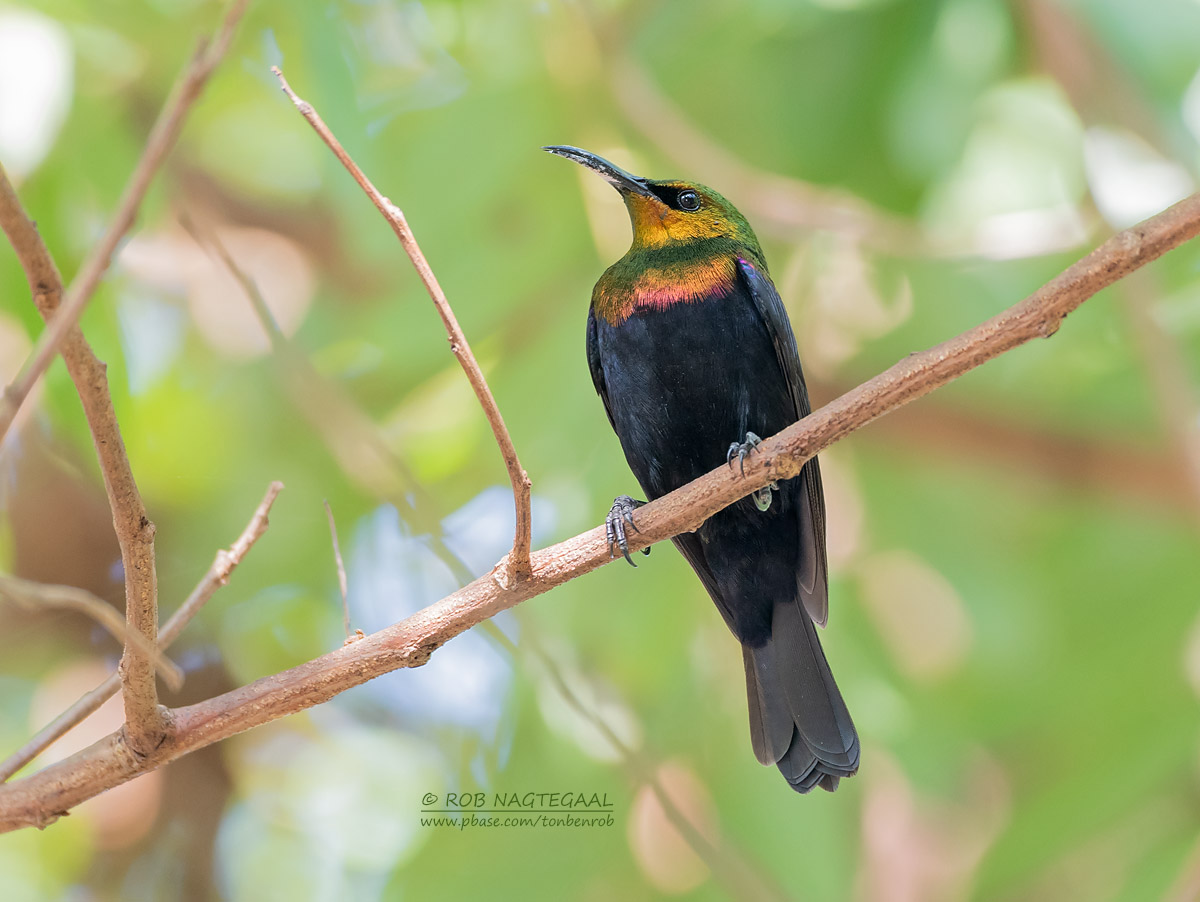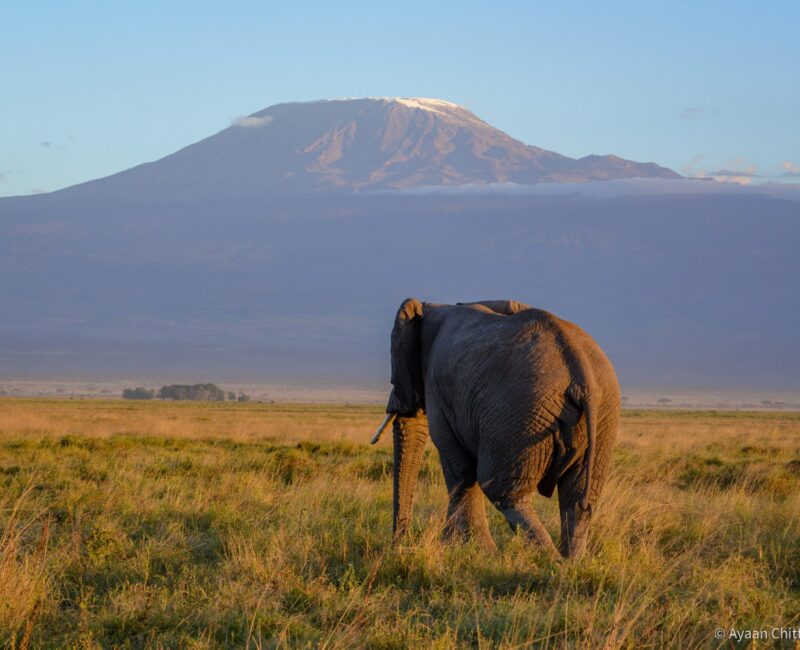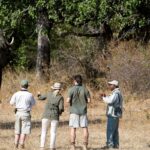
What Is the Cost of Walking Safaris in Uganda?
October 13, 2025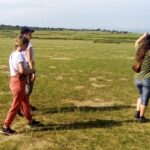
What Makes a Walking Safari Different from a Game Drive in Uganda?
October 14, 2025What Is the Difference Between Birding in Uganda and Kenya?
What is the difference between birding in Uganda and Kenya? This question often arises among global travelers and avid birdwatchers who aim to experience the rich avian diversity of East Africa. Both Uganda and Kenya are renowned for their spectacular wildlife and diverse ecosystems, but the birding experiences they offer are distinctly different. Uganda, celebrated for its lush tropical forests, wetlands, and mountain habitats, provides a unique mix of rare forest species and endemic birds. In contrast, Kenya, with its expansive savannahs, acacia plains, and Rift Valley lakes, offers large congregations of waterbirds, raptors, and savannah specialists.
Introduction: Exploring East Africa’s Birding Wonders
Uganda Birding Safaris provide more than just birdwatching. The country’s rich biodiversity includes over 1,100 bird species, ranging from the elusive shoebill stork in Mabamba Swamp to the stunning African green broadbill in the Budongo Forest. Uganda also allows travelers to combine birding with other wildlife experiences, such as Uganda Gorilla Trekking Safaris, Uganda Chimpanzee Safaris, or cultural visits, making it one of the most versatile destinations for multi-experience safaris. Nkofu Africa Safaris emphasizes that birding in Uganda is not just about ticking species off a list; it’s about experiencing the forests, lakes, and highlands that support these incredible birds in their natural habitats.
Answering “What is the difference between birding in Uganda and Kenya?” is key for travelers planning East African safaris. While Kenya offers iconic savannah landscapes with the Big Five as a backdrop to birding, Uganda’s forests, wetlands, and mountainous regions provide unique sightings unavailable elsewhere. By exploring these differences, travelers can select itineraries that align with their interests and combine Uganda Best Safaris, wildlife observation, and cultural immersion for a truly unforgettable experience.
 Habitat Diversity: Uganda’s Forests Versus Kenya’s Savannahs
Habitat Diversity: Uganda’s Forests Versus Kenya’s Savannahs
What is the difference between birding in Uganda and Kenya in terms of habitat? Uganda’s birding is characterized by dense forests, papyrus swamps, and montane regions. These habitats are home to forest-dependent and endemic species such as the African green broadbill, Shelley’s crimsonwing, and the Rwenzori turaco. National parks like Bwindi Impenetrable Forest, Mgahinga Gorilla National Park, and Budongo Forest Reserve offer excellent birding opportunities while also allowing travelers to combine their experience with Uganda Gorilla Safaris or primate tracking adventures.
Kenya, on the other hand, is dominated by open savannahs, acacia woodlands, and Rift Valley lakes, which support species like the lilac-breasted roller, kori bustard, and flamingos at Lake Naivasha and Lake Nakuru. While forest-dependent birds are rarer in Kenya, the country offers spectacular viewing of migratory waterbirds and large bird congregations that are a photographer’s dream. The open landscapes make spotting raptors, secretary birds, and ground-dwelling species easier, but the forest specialization that Uganda provides is less accessible in Kenya.
Nkofu Africa Safaris advises birders that the difference in habitats translates directly into the diversity of species and the style of birding. Walking through Uganda’s forests requires patience and quiet observation, while Kenyan birding often involves scanning the horizon from vehicles or lodge overlooks. This distinction allows travelers to combine Uganda Birding Safaris with gorilla trekking or chimpanzee tracking for a multi-layered East African adventure, making Uganda a prime destination for both forest and montane bird enthusiasts.
Endemic and Rare Species: Uganda’s Unique Offerings
What is the difference between birding in Uganda and Kenya regarding rare and endemic species? Uganda is home to numerous endemic birds and species that are rarely seen elsewhere in Africa. For example, the shoebill stork, one of the most iconic African birds, can only be reliably observed in Uganda’s Mabamba Swamp. Other forest species, such as the African green broadbill and Grauer’s broadbill, offer birders a unique opportunity to witness rare forest specialists in their natural habitats.
In Kenya, while the number of bird species is impressive, endemics are fewer. Birdwatchers often focus on large flocks of waterbirds, migratory species, and savannah specialists. Species such as the African fish eagle, flamingos, and sunbirds dominate the experience. However, forest specialists, montane species, and rare birds found in Uganda’s Albertine Rift are often absent, making Uganda particularly attractive for specialized Uganda Birding Safaris.
Nkofu Africa Safaris ensures that travelers interested in rare species can combine birding with Uganda Gorilla Trekking Safaris or Uganda Chimpanzee Safaris, providing a fuller appreciation of the ecosystems these birds inhabit. Observing rare birds while exploring highland forests or trekking for gorillas enriches the safari experience, offering travelers a blend of wildlife, adventure, and ecological education that distinguishes Uganda’s offerings from Kenya.
Birding Accessibility and Guided Experiences
What is the difference between birding in Uganda and Kenya when it comes to accessibility and guiding? Uganda’s birding is often conducted on foot within protected forests, wetlands, or lodge grounds, allowing intimate encounters with species that might otherwise remain hidden. Expert guides from Nkofu Africa Safaris lead these treks, offering in-depth knowledge about bird calls, behaviors, and identification techniques. Walks can be slow-paced, giving travelers time to observe, photograph, and appreciate the ecological context of each sighting.
In Kenya, birding is typically done from vehicles or high observation points on the savannah. While this allows for quick coverage of large areas and spotting of raptors, large waterbird flocks, and savannah species, forest and undergrowth birds are harder to access. Vehicle-based approaches can limit interaction with smaller or camouflaged species, while Uganda’s walking-based birding enables close observation of elusive forest birds.
For travelers seeking Uganda Best Safaris, Nkofu Africa Safaris recommends combining walking birding experiences with Uganda Gorilla Safaris. This approach provides a comprehensive encounter with Uganda’s wildlife, balancing the thrill of primate trekking with the peaceful observation of diverse avian life. The contrast between walking in quiet forests and trekking through gorilla habitats highlights Uganda’s versatility as a birding destination.
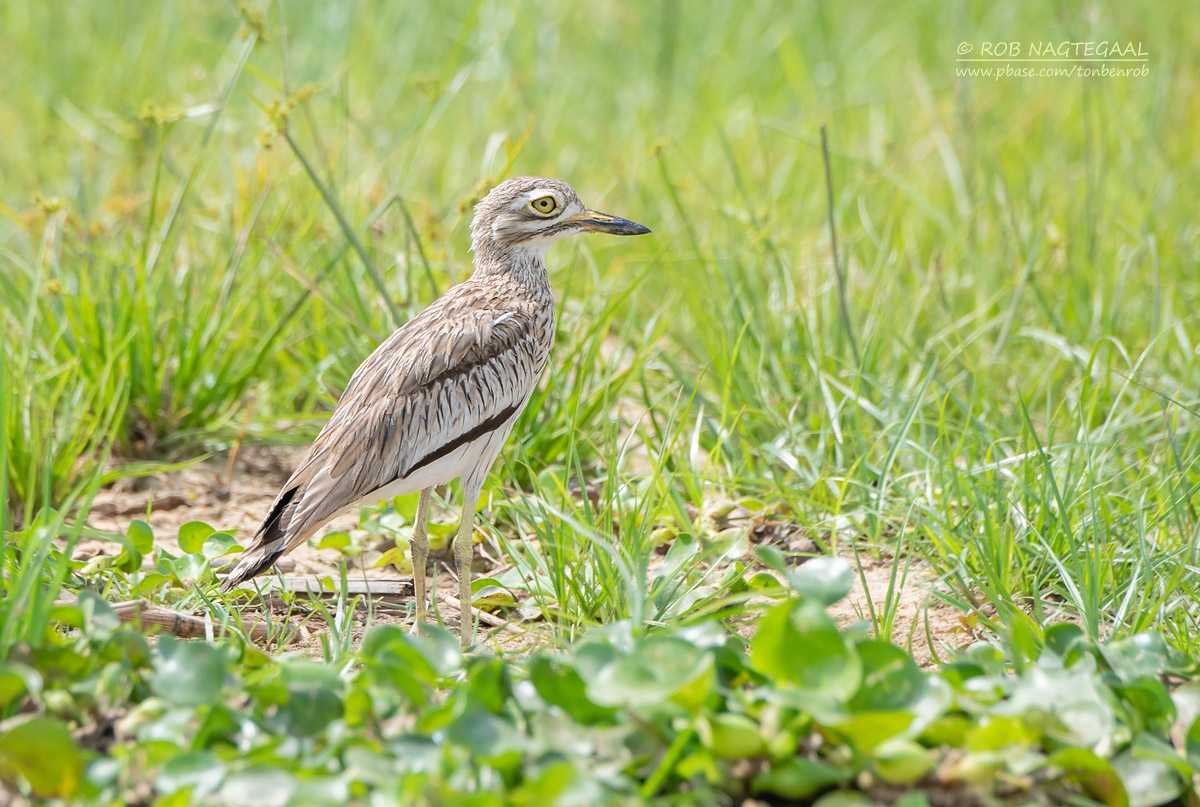 Seasonal Variations and Migratory Birds
Seasonal Variations and Migratory Birds
What is the difference between birding in Uganda and Kenya with regard to seasons and migration patterns? Uganda’s equatorial location allows for year-round birding, with predictable seasonal movements of some species. The Albertine Rift and wetlands offer refuge for migratory birds from Europe and Asia during the northern winter, while resident species thrive throughout the year. This stability makes Uganda ideal for travelers who want consistent birding experiences during Uganda Birding Safaris.
Kenya, particularly the Rift Valley lakes, experiences dramatic seasonal changes in bird populations. Migratory flocks of flamingos, storks, and pelicans often arrive in enormous numbers during certain months, creating spectacular displays that are world-famous. However, outside of peak migration periods, some waterbirds may be less visible, affecting overall birding diversity. Uganda’s combination of resident forest species, endemic birds, and predictable migratory visitors gives birders a broader, more stable experience throughout the year.
Nkofu Africa Safaris designs itineraries that capitalize on these seasonal variations. Birders can combine forest walks, wetland visits, and gorilla trekking depending on the season, ensuring a year-round experience that contrasts with Kenya’s more migration-dependent spectacles. This flexibility makes Uganda particularly attractive for travelers seeking Uganda Best Safaris enriched by both avian and primate encounters.
Integrating Birding With Gorilla and Chimpanzee Safaris
Can birding in Uganda be combined with gorilla trekking or chimpanzee tracking? Absolutely. Uganda’s unique advantage is the proximity of birding habitats to primate trekking areas. For example, while tracking mountain gorillas in Bwindi Impenetrable Forest, travelers can also observe highland forest birds, turacos, and sunbirds. Similarly, chimpanzee tracking in Kibale Forest offers opportunities to spot canopy dwellers, hornbills, and African green pigeons.
Nkofu Africa Safaris emphasizes creating integrated itineraries that allow travelers to enjoy Uganda Gorilla Trekking Safaris, Uganda Chimpanzee Safaris, and Uganda Birding Safaris in one seamless journey. This combination not only maximizes wildlife encounters but also deepens understanding of ecosystem interconnectivity. Observing rare birds alongside primates and other wildlife enhances the safari experience, ensuring travelers witness Uganda’s natural treasures in a holistic way.
Cultural Interactions During Birding Safaris
Can birding in Uganda include cultural experiences? Yes—one of the distinguishing features of Uganda Birding Safaris is the ability to integrate local culture into wildlife experiences. Many birding areas are near communities where traditional practices, storytelling, and local crafts are still prevalent. Travelers can learn about local knowledge of bird habitats, conservation methods, and traditional hunting taboos that protect wildlife.
Nkofu Africa Safaris offers curated experiences where birding walks may be followed by visits to villages, cultural centers, or artisan workshops. Combining birding with cultural exploration and Uganda Gorilla Trekking Safaris allows travelers to connect with both nature and people, creating multi-dimensional Uganda Best Safaris that are educational, immersive, and memorable.
Conclusion: Why Uganda Offers a Unique Birding Experience
What is the difference between birding in Uganda and Kenya? While Kenya offers iconic savannah landscapes and large migratory flocks, Uganda excels in forest diversity, endemic species, and integrative experiences. Uganda’s birding habitats—ranging from highland forests and wetlands to lakes and swamps—allow travelers to observe rare species in their natural environment while combining Uganda Gorilla Safaris, Uganda Chimpanzee Safaris, and cultural encounters.
Nkofu Africa Safaris ensures that birding itineraries highlight these differences, creating experiences that are safe, immersive, and informative. From forest canopies to papyrus swamps, Uganda’s birding opportunities are complemented by rich primate encounters and cultural visits, making them a hallmark of Uganda Best Safaris. For avid birdwatchers, wildlife enthusiasts, and culturally curious travelers, understanding the distinction between birding in Uganda and Kenya helps design itineraries that balance variety, rarity, and accessibility, making Uganda a must-visit destination in East Africa.

